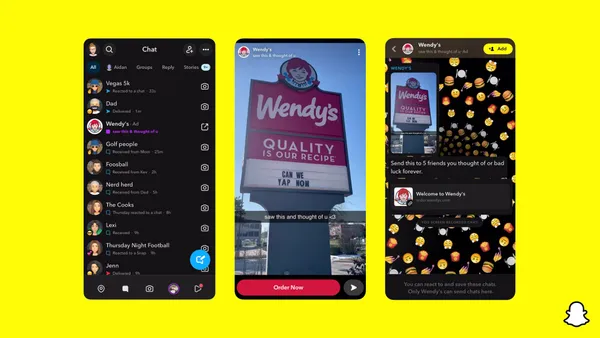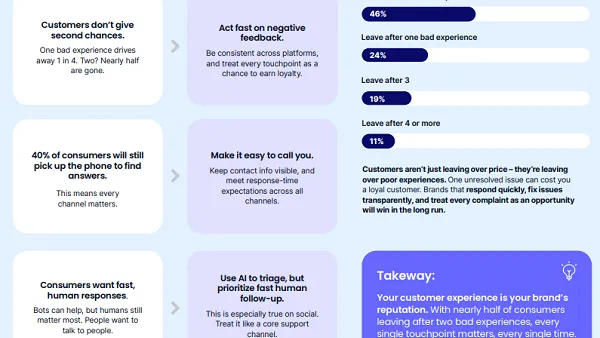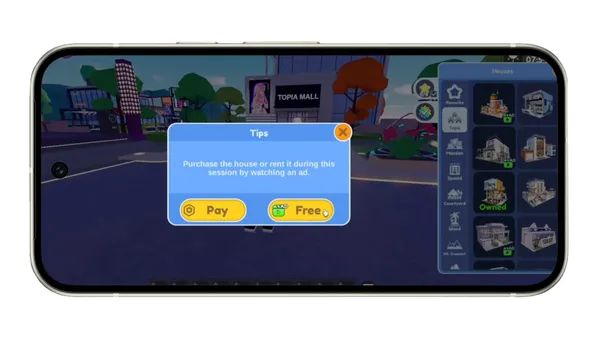Brief:
- Social commerce is the most popular new retail technology among U.S. internet users, ahead of visual search, augmented or virtual realty (AR/VR) and voice commerce through smart speakers, per a Bizrate Insights survey cited by eMarketer. More than one-third (34%) of adults said they had made a purchase through social media, up from 29% last year, and another 27% said they were interested in social shopping, the survey found.
- Only 13% of U.S. internet users had shopped with visual search, but 52% said they were interested in the technology. AR/VR was used for shopping by 6% of online adults, while 39% said they were interested in the technology.
- People ages 18 to 34 were most likely to shop through social media, with 54% of the age group saying they had made a purchase on a social network. Almost half (42%) of women had shopped on social media, compared with only 26% of men, the survey found.
Insight:
The growing popularity of social shopping likely is a result of the efforts by companies like Facebook, Pinterest and Snap to boost direct-to-consumer (DTC) sales on their platforms with digital transactions. Facebook-owned Instagram, which is estimated to have about 110 million users in the U.S., in the past year expanded its shopping features. The image-sharing app in May created a special account called @shop that brings together posts from online merchants that sell products, among other social-shopping efforts.
Meanwhile, Snap's Snapchat last year added a shopping channel to the Discover section of its image-messaging app called "Shop and Cop." Pinterest in June expanded its third-party partner program to support more shopping experiences. Social media companies need to expand their shopping features as they face a growing threat from e-commerce giant Amazon, which in the past few years has emerged as a key competitor in digital advertising.
According to the survey, AR/VR, visual search and voice shopping are less popular, suggesting that mobile marketers should be more cautious about investing in these newer technologies. Social networks have given marketers more software tools to set up their social-media storefronts, helping to minimize their investment. Social media companies also are delivering results by providing "contextual relevance to shopping," Andrew Lipsman, principal analyst at eMarketer, said in the firm's report.
A recent survey of retailers found they aren't prepared to support technologies like artificial intelligence (AI), chatbots and AR/VR to engage mobile shoppers. Only 9% of 100 senior retail executives surveyed said they were able to support these more advanced technologies, per a survey by WBR Insights. Among technologies that retailers are evaluating for implementation in the next two years, AR was cited by 27% of executives, followed by voice recognition (25%) and progressive web apps (22%).
Visual search, which uses computer vision technology to help people identify things with their smartphone cameras, appears to have the most potential for greater adoption. Google and Pinterest both have a visual search feature called Lens aimed at helping mobile shoppers find products, which means marketers need to develop an optimization strategy to be discovered on the platforms. Compared with social media, visual search is still in its infancy and will likely gain greater adoption as more consumers become more familiar with the technology.














